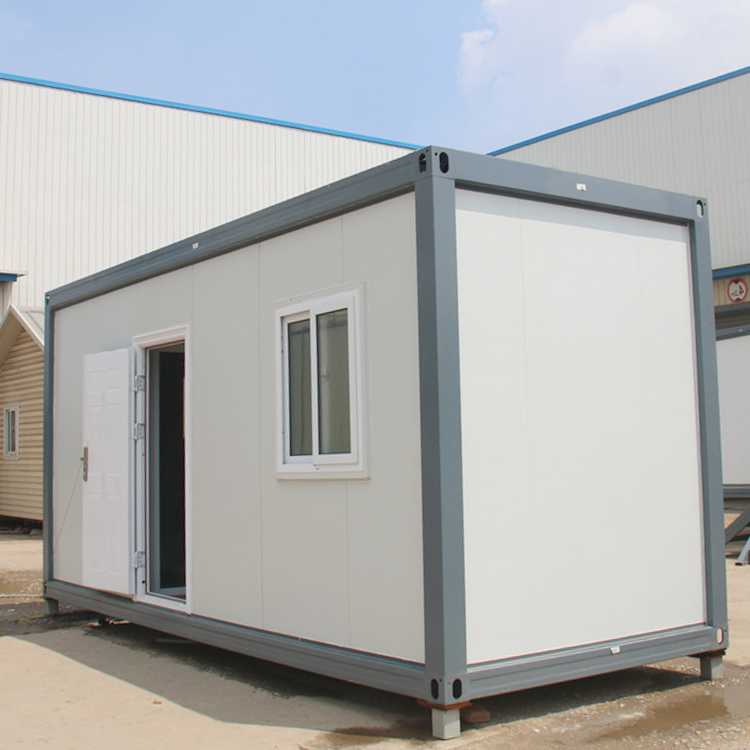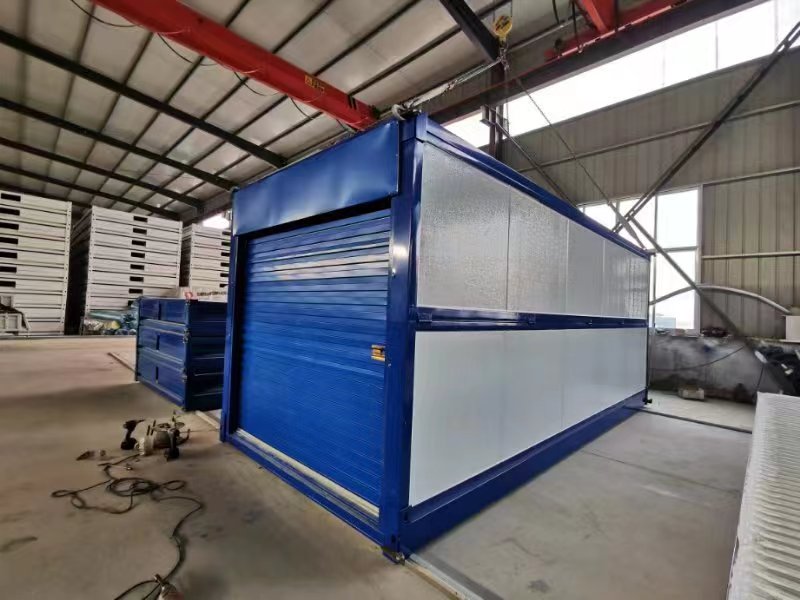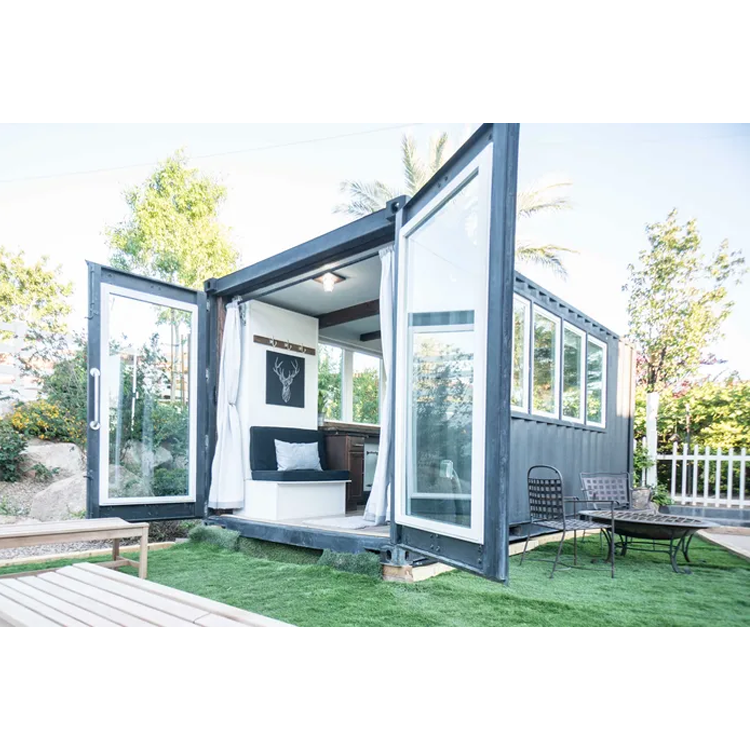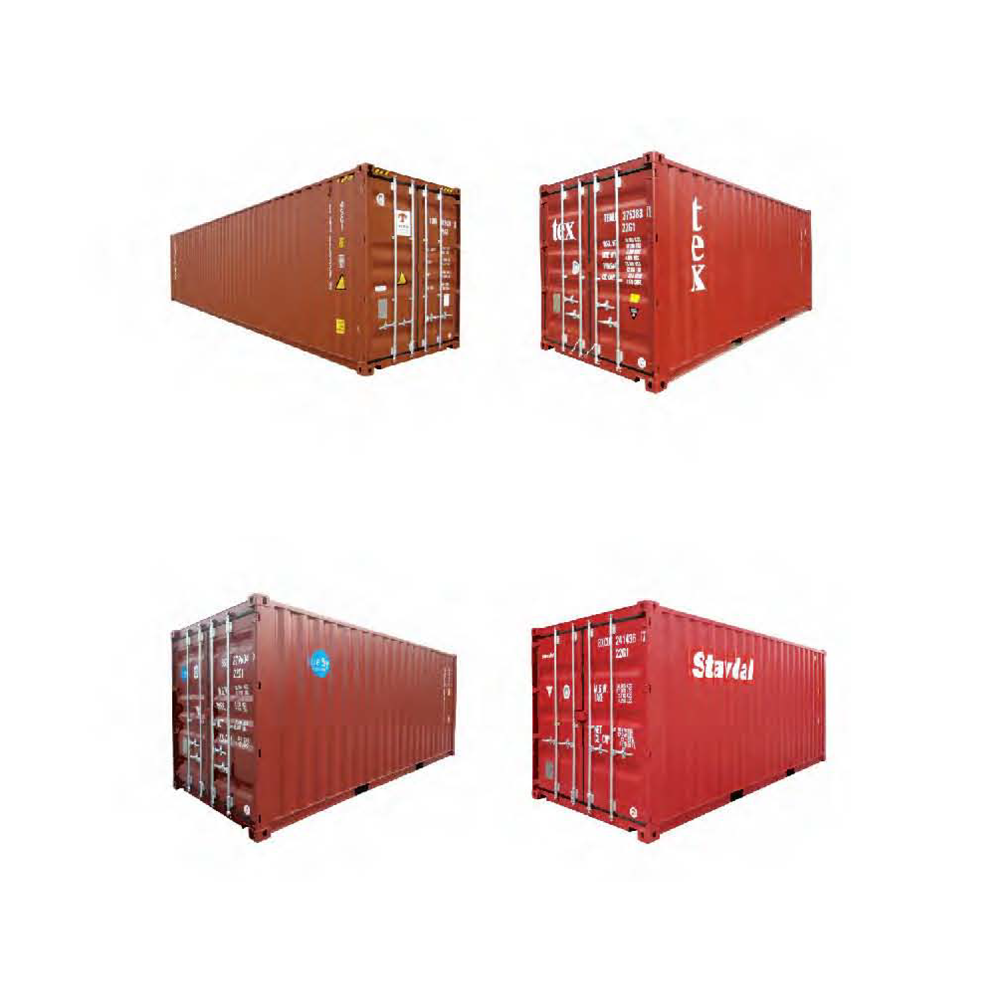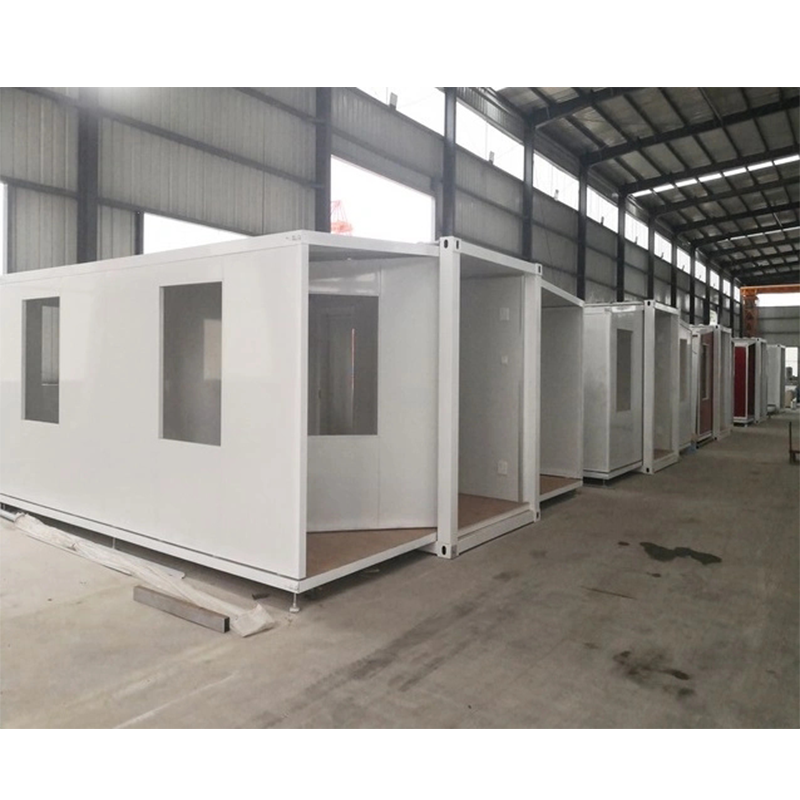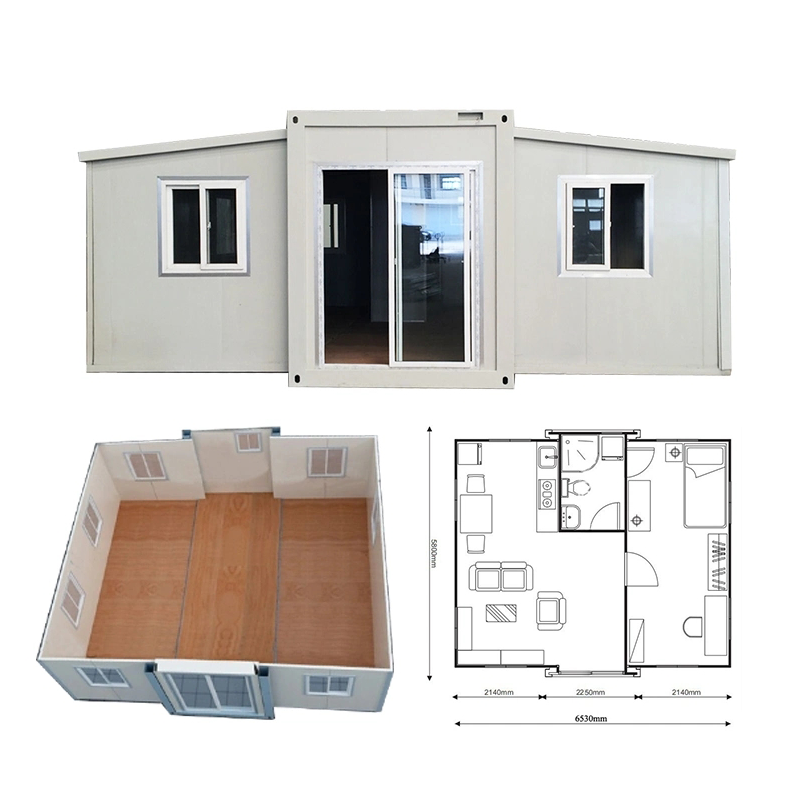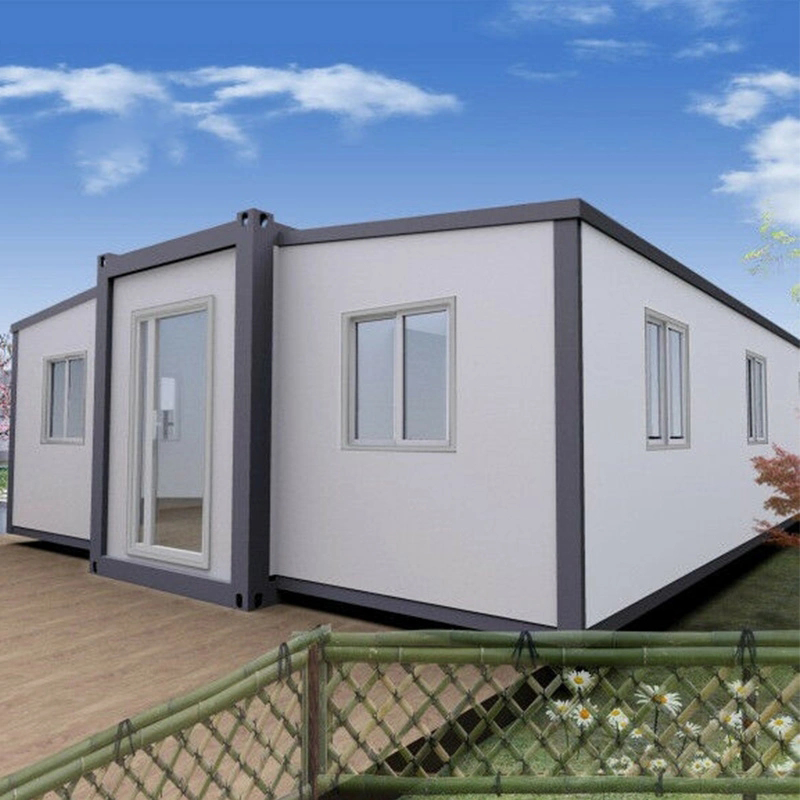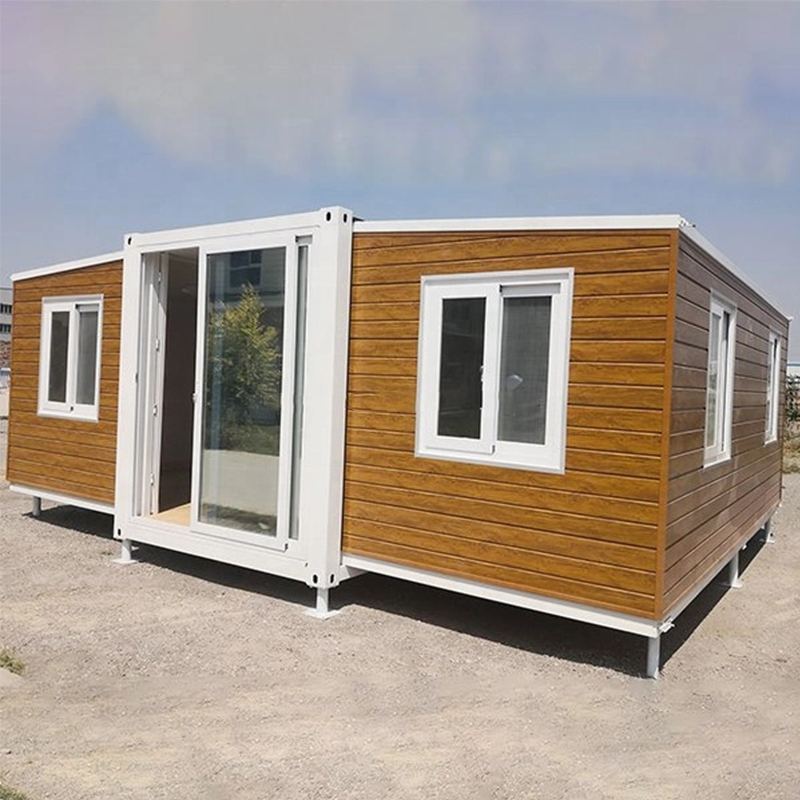What field does folding house apply to?
Foldable houses have evolved from a conceptual idea to a practical reality, offering a versatile and innovative housing solution for a variety of applications. These structures, also known as collapsible or portable houses, have undergone significant advancements in design, materials, and technology to meet the evolving needs of modern living.
The concept of foldable houses dates back to early civilizations, where nomadic tribes utilized portable shelters made from animal hides or woven materials. However, it wasn't until recent decades that foldable houses began to gain traction as a viable housing solution for both temporary and permanent use.
Advancements in materials science and engineering have played a significant role in the development of foldable houses. Lightweight yet durable materials such as aluminum, fiberglass, and composite panels are now commonly used to construct foldable structures that are both sturdy and portable. Additionally, innovations in design and manufacturing processes have made foldable houses more efficient to produce and assemble, reducing costs and increasing accessibility.

Foldable houses are now used in a variety of applications, including emergency shelters, disaster relief efforts, military camps, and recreational camping. Their portability, durability, and ease of assembly make them an ideal solution for temporary housing needs in remote or challenging environments.
Furthermore, foldable houses are gaining popularity as alternative housing options for individuals seeking a minimalist and sustainable lifestyle. With their compact footprint and efficient use of space, foldable houses offer a smaller environmental footprint compared to traditional homes. Moreover, their affordability makes them accessible to a wide range of people, including those on a tight budget or looking to downsize.
In conclusion, foldable houses have evolved from a novel concept to a practical housing solution that addresses the needs of modern living. With advancements in design, materials, and technology, these structures offer versatility, durability, and affordability, making them an attractive option for individuals and communities seeking flexible and innovative housing solutions.

